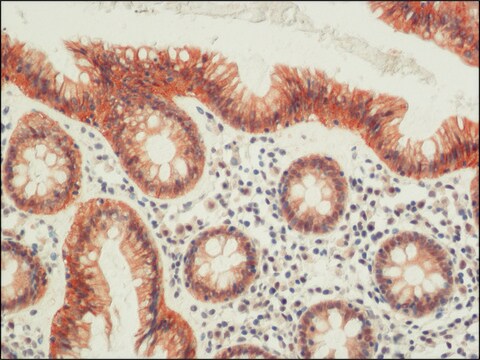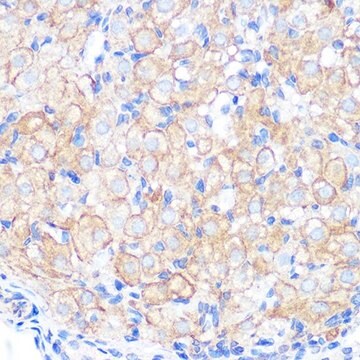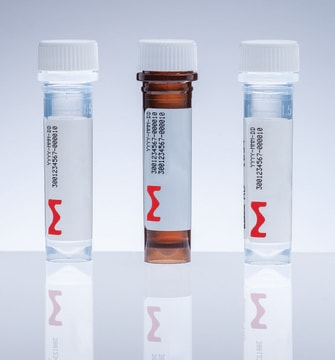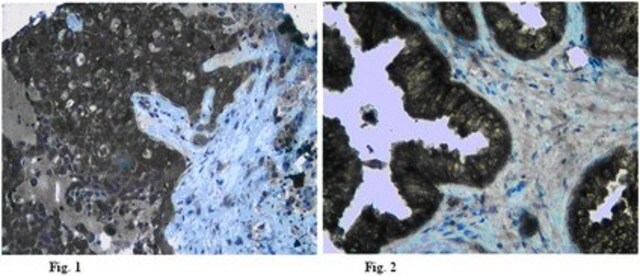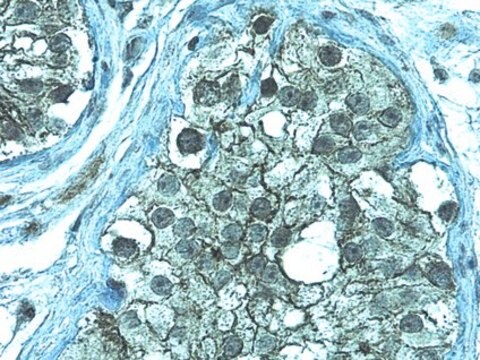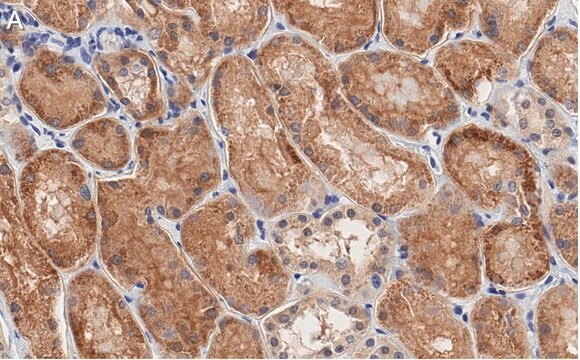おすすめの製品
由来生物
rabbit
品質水準
結合体
unconjugated
抗体製品の状態
affinity isolated antibody
抗体製品タイプ
primary antibodies
クローン
polyclonal
フォーム
buffered aqueous solution
分子量
antigen ~65 kDa
化学種の反応性
human, dog
濃度
~1.0 mg/mL
テクニック
immunohistochemistry: 10-20 μg/mL using formalin-fixed, paraffin-embedded human colon.
indirect immunofluorescence: 1-2 μg/mL using MDCK cells
western blot: 1.5-3.0 μg/mL using extracts of Caco-2 cells
UniProtアクセッション番号
輸送温度
dry ice
保管温度
−20°C
ターゲットの翻訳後修飾
unmodified
遺伝子情報
human ... OCLN(100506658)
詳細
免疫原
アプリケーション
生物化学的/生理学的作用
物理的形状
免責事項
適切な製品が見つかりませんか。
製品選択ツール.をお試しください
保管分類コード
10 - Combustible liquids
WGK
WGK 2
引火点(°F)
Not applicable
引火点(℃)
Not applicable
適用法令
試験研究用途を考慮した関連法令を主に挙げております。化学物質以外については、一部の情報のみ提供しています。 製品を安全かつ合法的に使用することは、使用者の義務です。最新情報により修正される場合があります。WEBの反映には時間を要することがあるため、適宜SDSをご参照ください。
Jan Code
SAB4200489-VAR:
SAB4200489-BULK:
IXO15351:
SAB4200489-200UL:
最新バージョンのいずれかを選択してください:
Complex Phenotype of Mice Lacking Occludin, a Component of Tight Junction Strands
ライフサイエンス、有機合成、材料科学、クロマトグラフィー、分析など、あらゆる分野の研究に経験のあるメンバーがおります。.
製品に関するお問い合わせはこちら(テクニカルサービス)